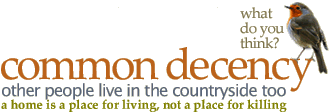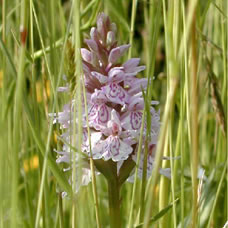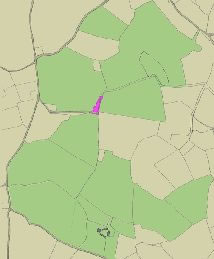
BEFORE
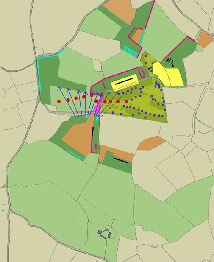
AFTER
The object of a shoot is to aim a gun at a fast-moving object high in the sky – the pheasant, and to fire at it with the intention of hitting it. But there is a problem: pheasants do not fly high in the sky. People change the land so that they can make pheasants fly high in the sky.
This is how the land round my home was changed to make a pheasant shoot.
The land mass of Great Britain (including Northern Ireland, not shown) is approximately 60 million acres.
The population of Great Britain is also approximately 60 million. About 1 acre each.
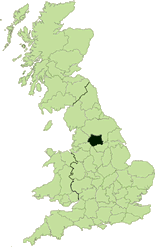
The land mass of West Yorkshire is 501,300 acres.(1)
According to a report by the economic consultancy PACEC, 450,000 people shoot. So I am using the size of Yorkshire to represent the people who shoot, in proportion to the rest of the population.
People who shoot in Britain represent 0.75% of the population.
According to the PACEC report,(2) the 'shooting providers' have 'management responsibilities' for an astonishing 15 million hectares (shown in black) of the United Kingdom – about 37 million acres. This is equivalent to the whole of England and Wales.
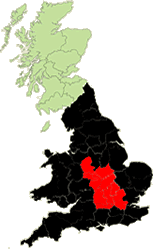
The land mass ‘actively managed’,(2) for the leisure activity of shooting, is five times more then the 1 million acres used for the leisure activity of gardening.(3) 5 million acres (shown in red) is represented by London, Hertfordshire, Berkshire, Buckinghamshire, Oxfordshire, Bedfordshire, Warwickshire, Northamptonshire, Leicestershire, West Midlands and Staffordshire.
- Counties by area http://en.wikipedia.org/wiki/List_of_ceremonial_counties_of_England_by_area
- PACEC Report PDF section 2.3 page 16 and section 4.1 page 53. http://www.shootingfacts.co.uk/pdf/pacecmainreport.pdf Glossy brochure page 7 and 8.
- Biological Conservation, Elsevier, Volume 142 - Issue 4, 761-771 (April 2009) A nation scale inventory of resource provision for biodiversity within domestic gardens. http://www.sciencedirect.com/science/article/pii/S000632070800476X
This is not relevant to the premise of this website; it is an observation. The field on the east side of my garden is an SSSI, a Site of Special Scientific Interest.(1 and 2) It is a damp meadow of grasses and flowers. Some of it is fenced off and has been planted with hazel and larch. Patches have been left to grow into encroaching scrub, parts are covered with release pens, parts of its perimeter butts onto a release pen and there are a fair number of feeders, large and small, dotted along its margins.
I am not an ecologist, so I do not know how hundreds of pheasants pecking and defecating in the sward will impact on the variety and balance of plant species, or on the insects that in turn feed on and pollinate them. Hundreds (possibly thousands) of pheasants come out from the release pens into the field in August. They start being shot in late October, their number diminishing until the end of January when the shooting season closes, leaving the pheasants that have survived.
On the county map, the SSSI is a lone coloured patch in a sea of white, which I read as making it a precious repository from which seed and insects can radiate out into the further countryside. The field is used for two shooting drives, so far as I am aware (I cannot see the whole of the SSSI site from the garden). Each drive lasts for about 15–20 minutes and there are generally eight days of shooting in a season, giving a total of about two and a half hours entertainment in a year.
Against this ‘entertainment’, there is the potential damage done to the SSSI, a precious area that is meant to be protected for future generations. What possible justification can there be for allowing it to be used for driven shooting?
- Sites of Special Scientific Interest England http://www.sssi.naturalengland.org.uk/Special/sssi/index.cfm
- Sites of Special Scientific Interest Wales http://www.ccw.gov.uk/landscape--wildlife/protecting-our-landscape/special-landscapes--sites/protected-landscapes/sssis.as




